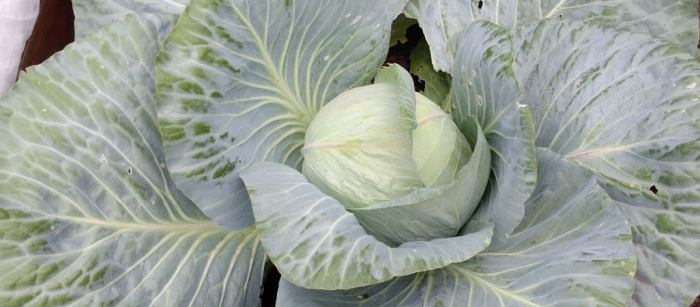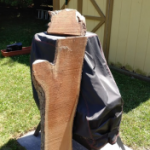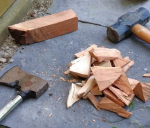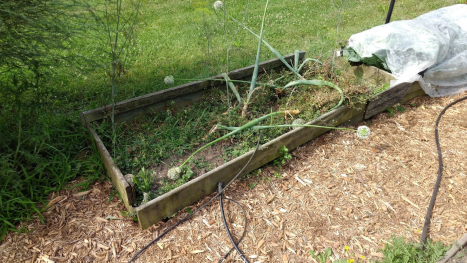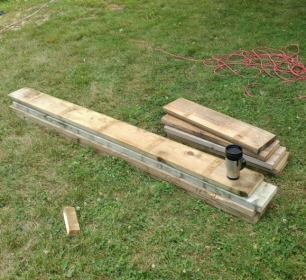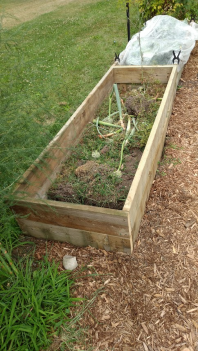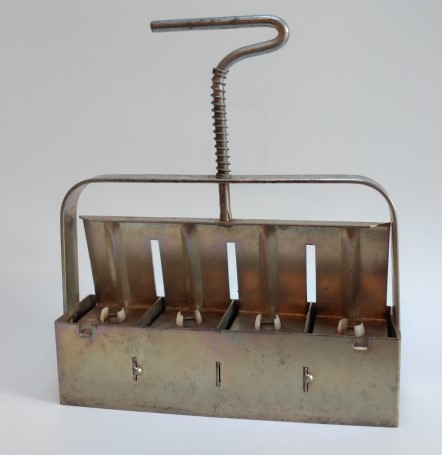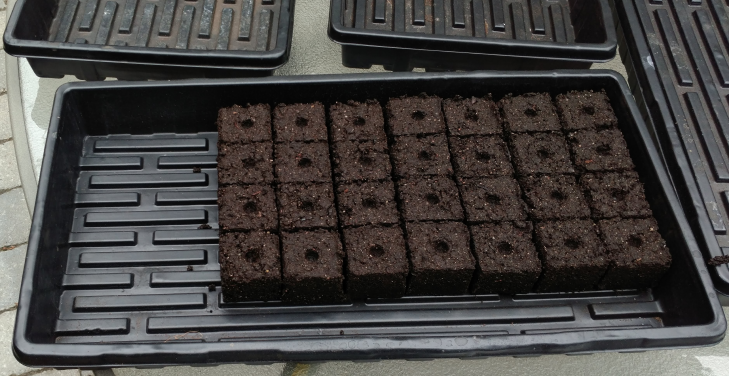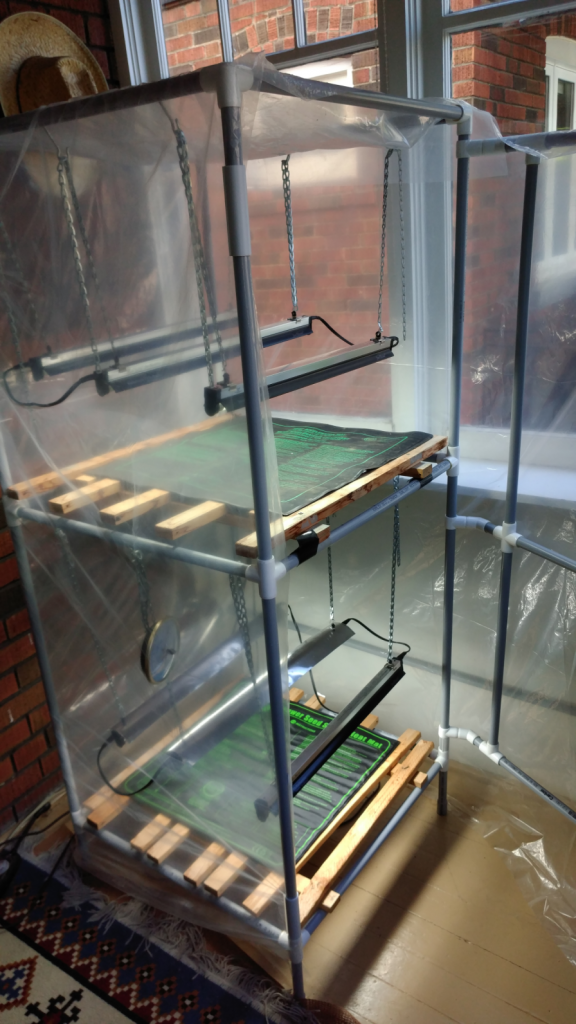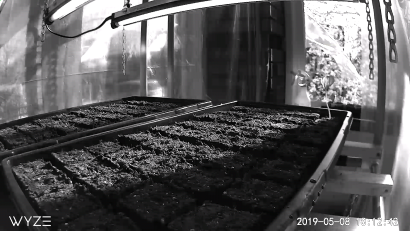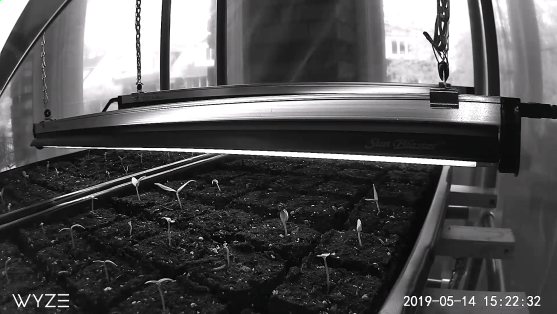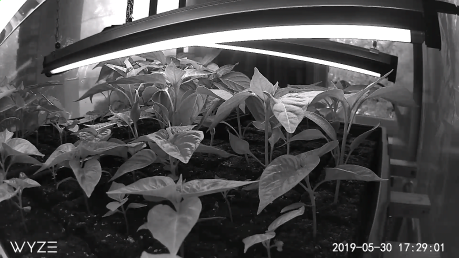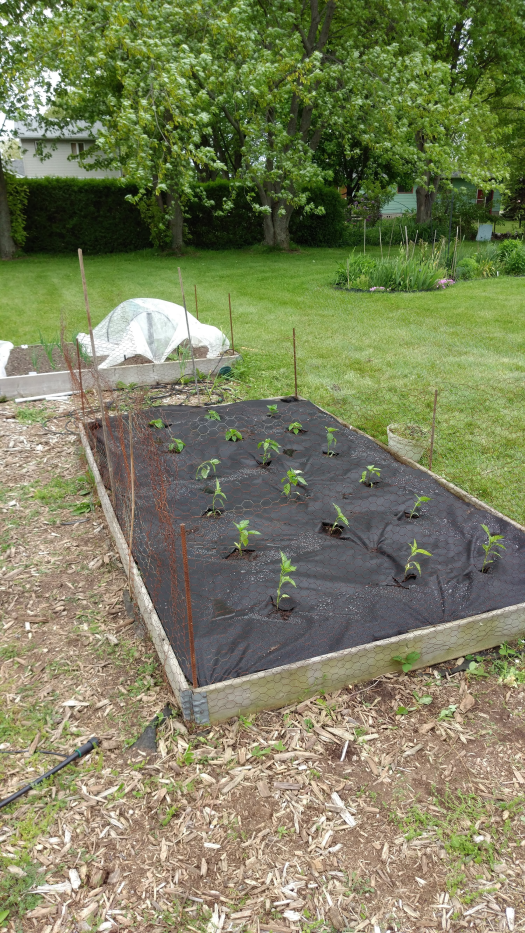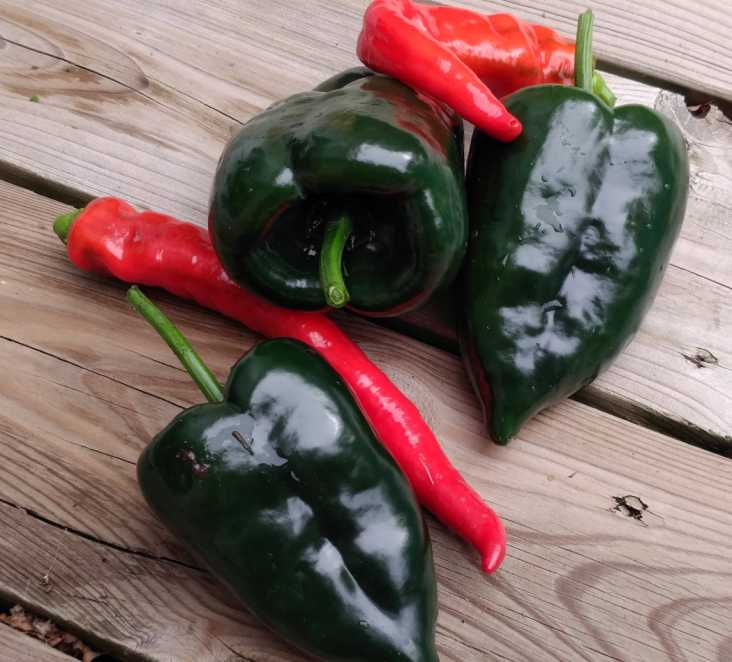
At this time of year, there’s always a surplus of peppers from the garden. This year my poblanos are the star, providing 5 pounds this past week from just 4 plants.

Poblanos are a versatile, mildly hot and flavourful addition to soups, stews, casseroles and many other dishes so I really hate to waste them. What to do? In this post, I’ll share a simple way to roast, skin and freeze them so you can enjoy these beauties year-round. This method works well with any thick-walled pepper including sweet bells.
Start with the freshest peppers you can get – ideally picked from your own garden but they’re cheap to buy at farmers markets in season too. While many people like to use a gas grill or even a fire, I prefer to use my oven as it’s much easier to ensure even heat without too much charring.
The process is simple . . .
- Pre-heat your oven to 450 F
- Cut the washed peppers in half, removing the seeds and pith
- Tear off a sheet of parchment paper or foil to cover a baking sheet (you can go without, but you’ll have more cleanup at the end)
- Arrange the peppers skin side up in a single layer and pop them in the oven for 20 to 25 minutes
- The high heat will blister the skins making them easy to peel
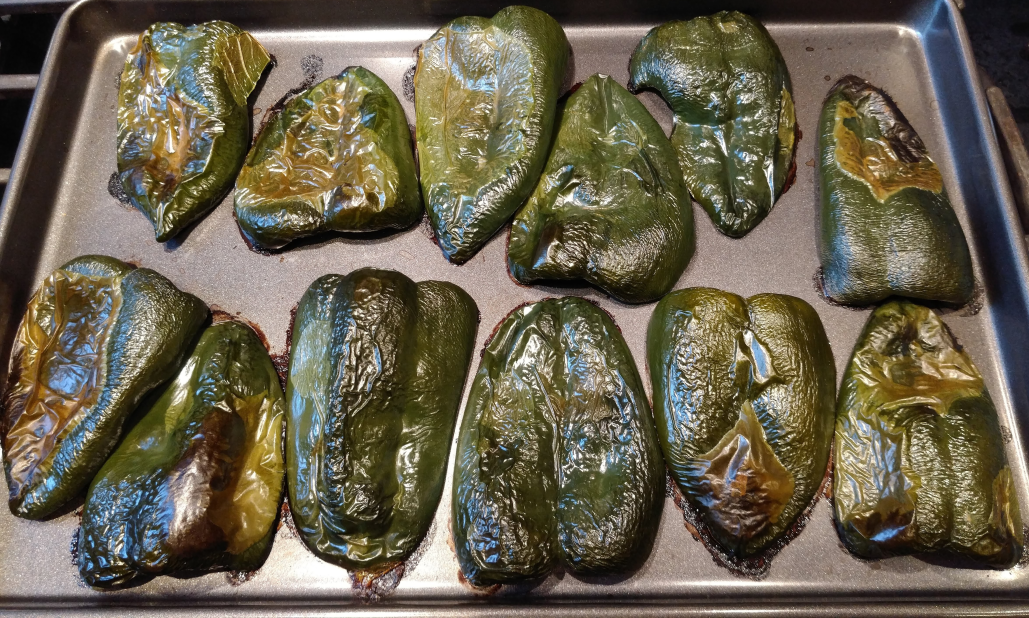
- Remove from the oven and let cool for a couple of minutes
- Place the warm peppers in a covered bowl or seal tightly in a paper bag and allow to cool completely – (don’t throw out that parchment paper)
- Once they’re cool, you should be able to peel the skins off quite easily. It’s a little fiddly, but it goes quickly once you get the hang of it. Don’t worry about removing every bit of skin

- Next, arrange the peeled peppers on the baking sheet in a single layer on parchment (reuse the piece you used for roasting) and place in the freezer until they’re frozen solid. This individual freezing step is important so you can conveniently get out one at a time and avoid having them freeze into a solid block!
- Pop them in a zip-lock bag, label and store in your freezer.

I love to hear your feedback, so post a comment here or share this with your friends on social media. You can also sign up to receive email updates whenever I add a new post – simply fill in the form on this page with your name and email and click subscribe.

